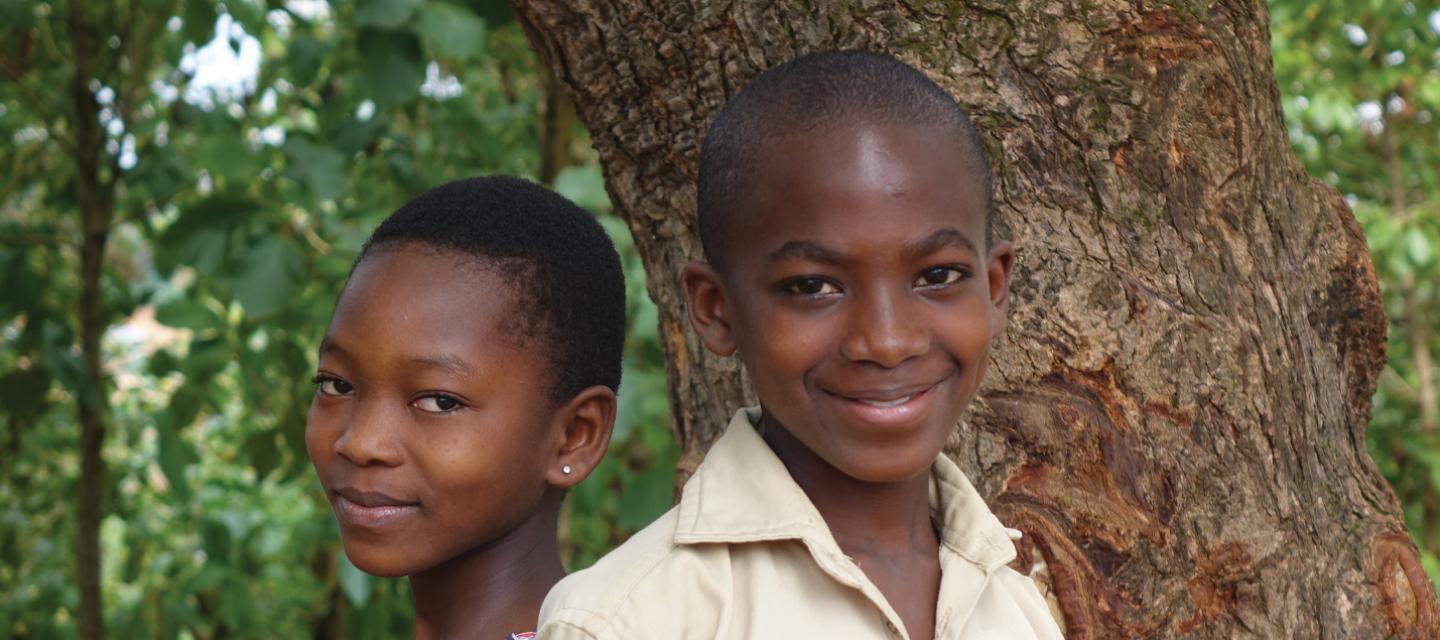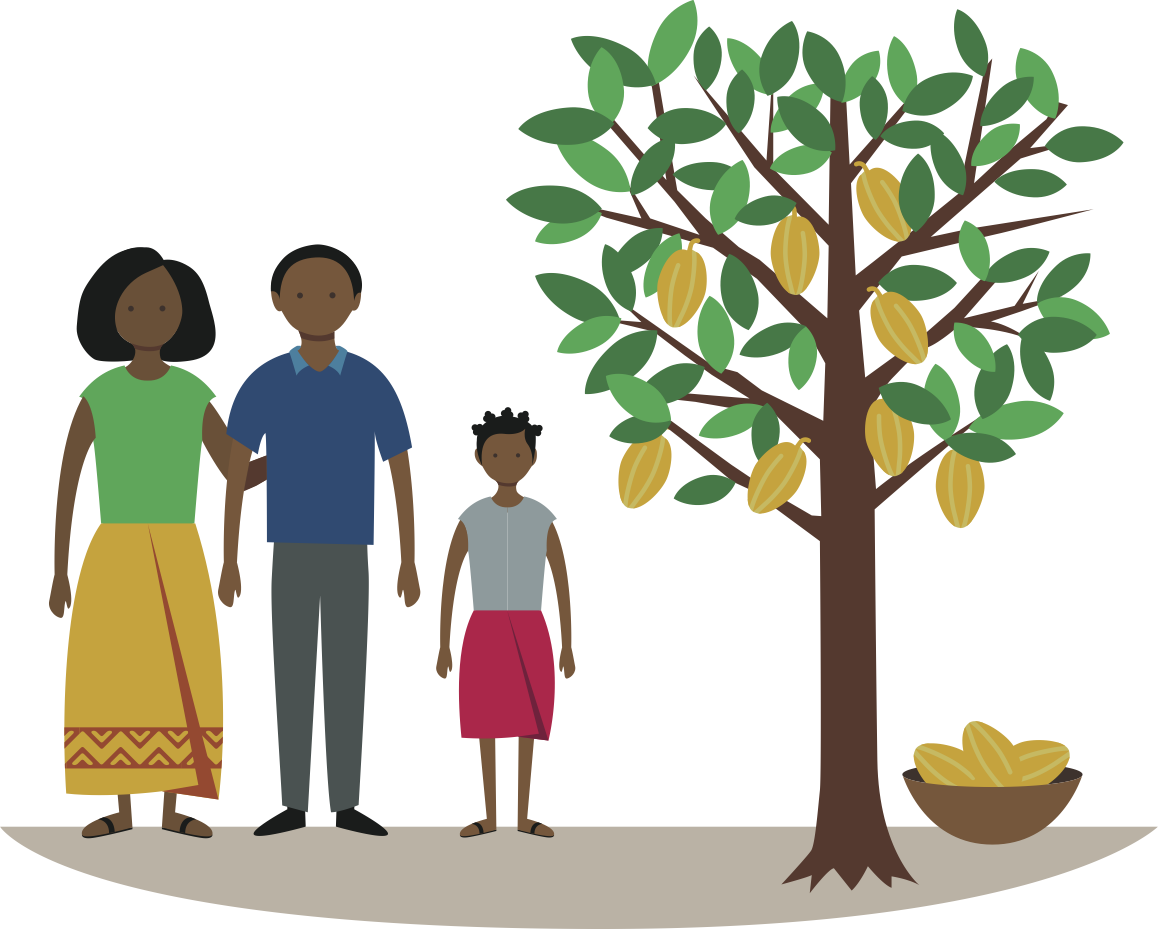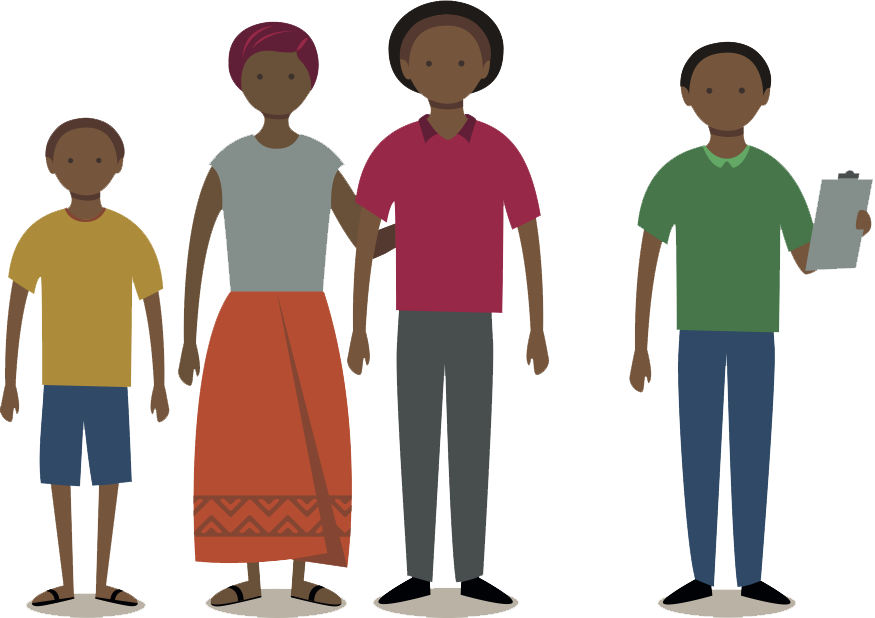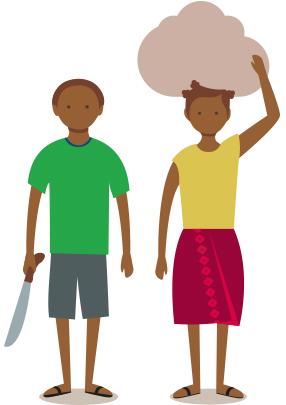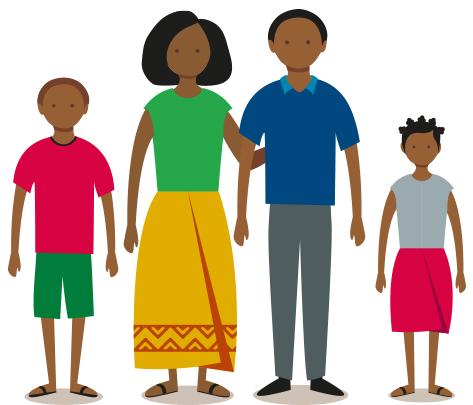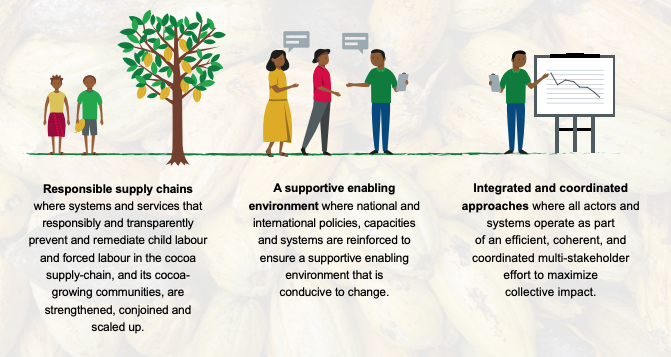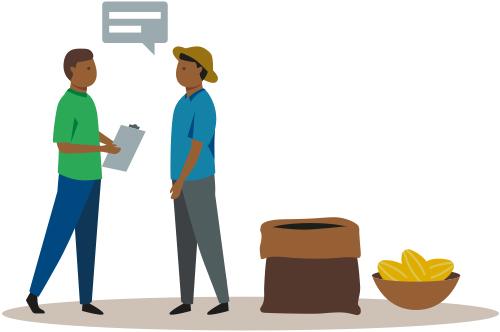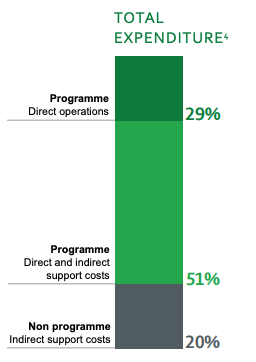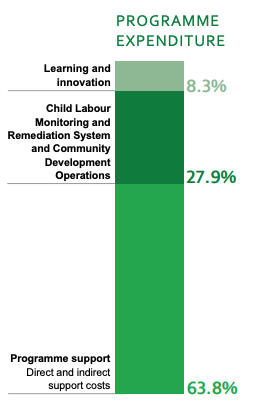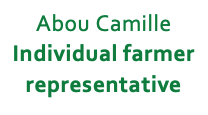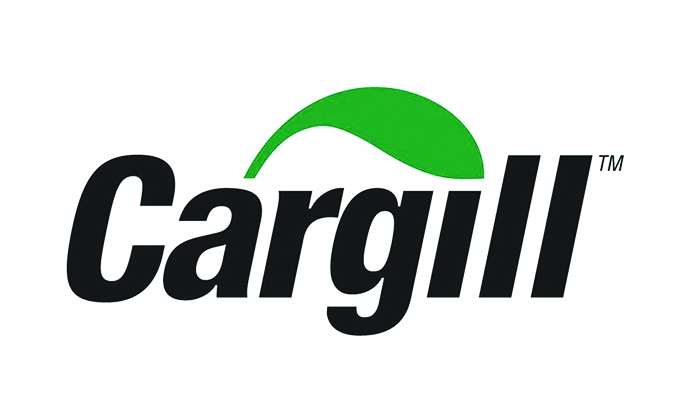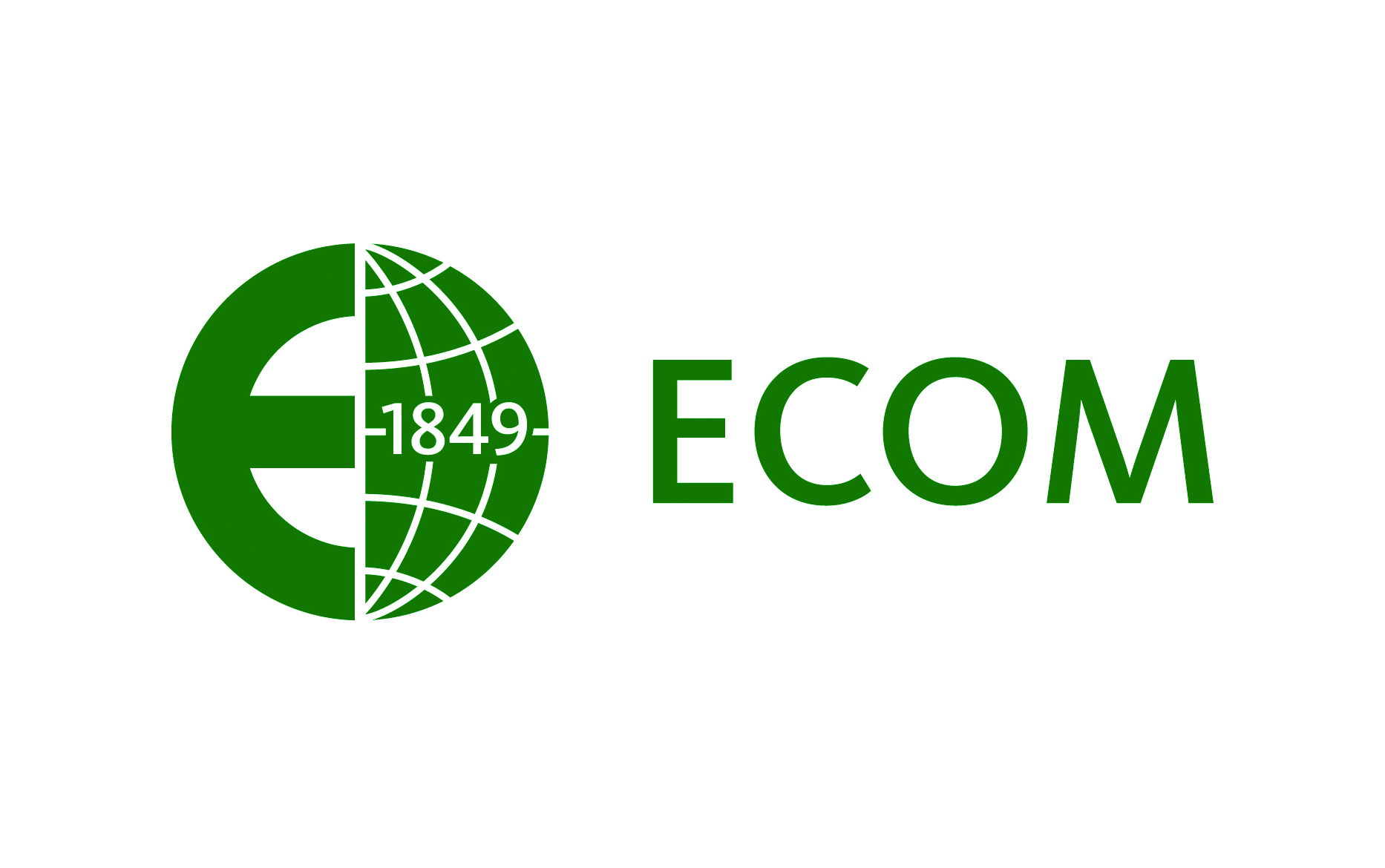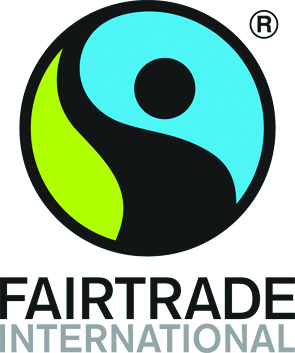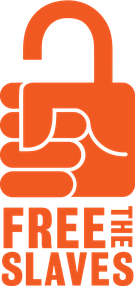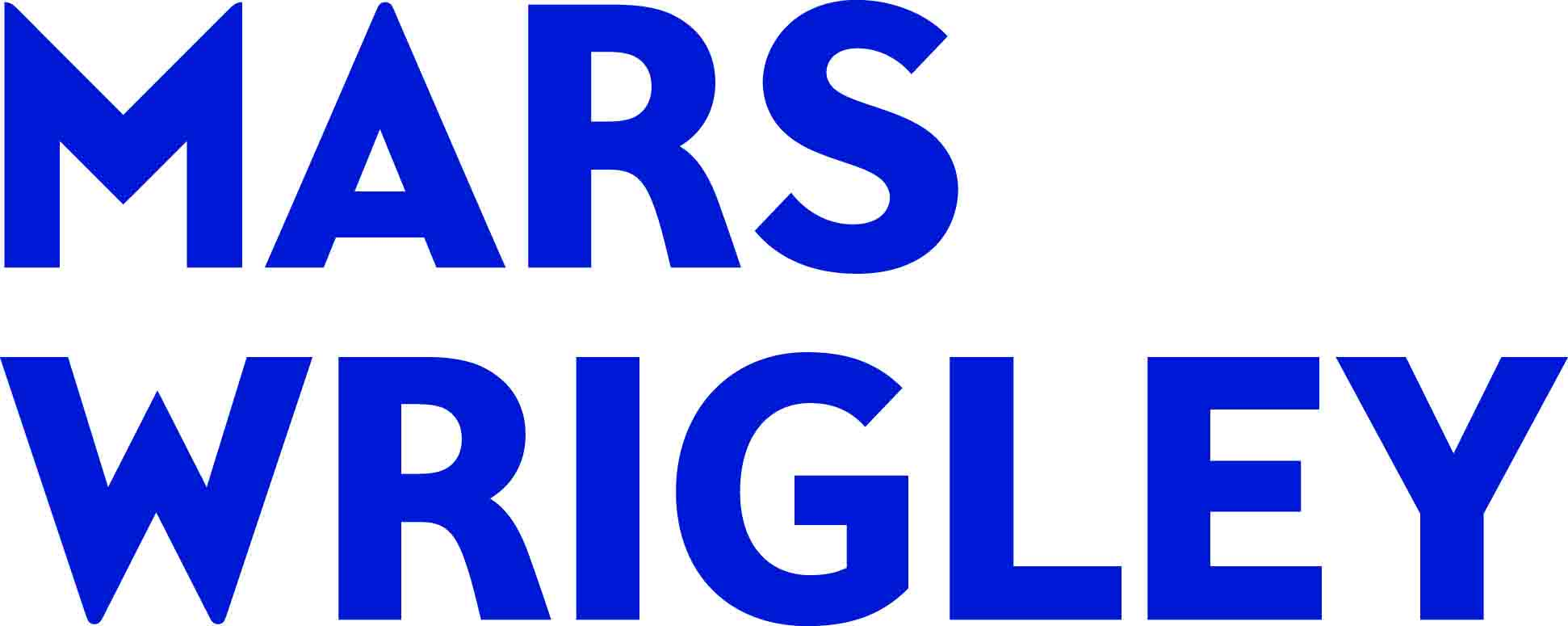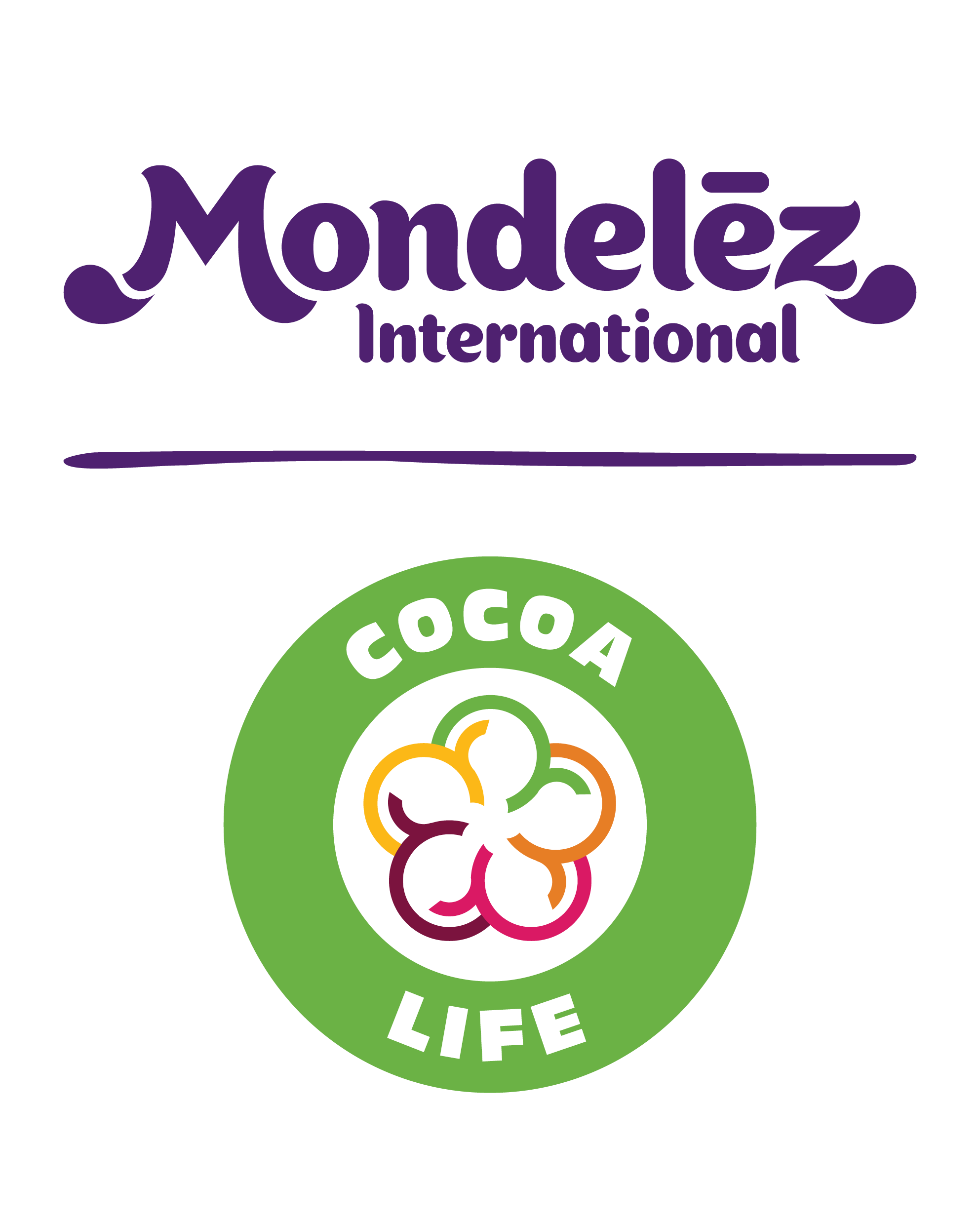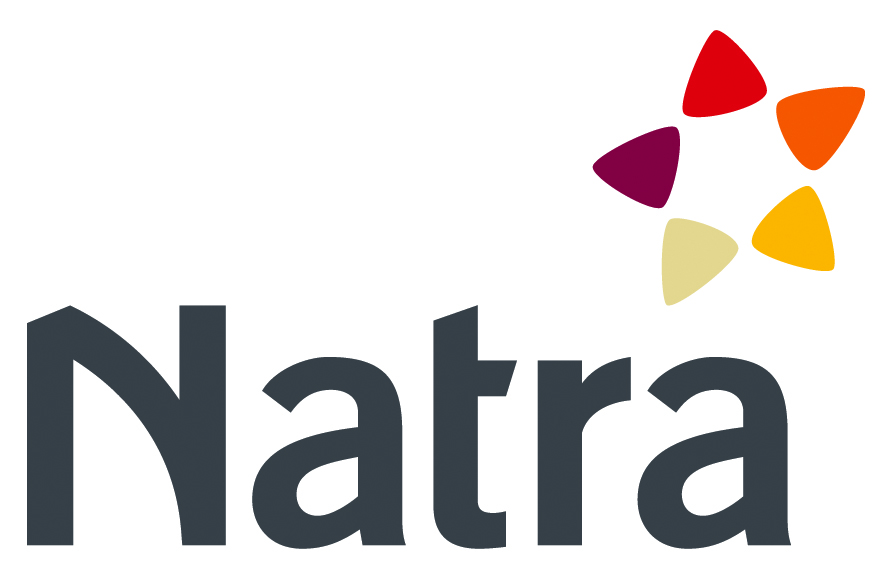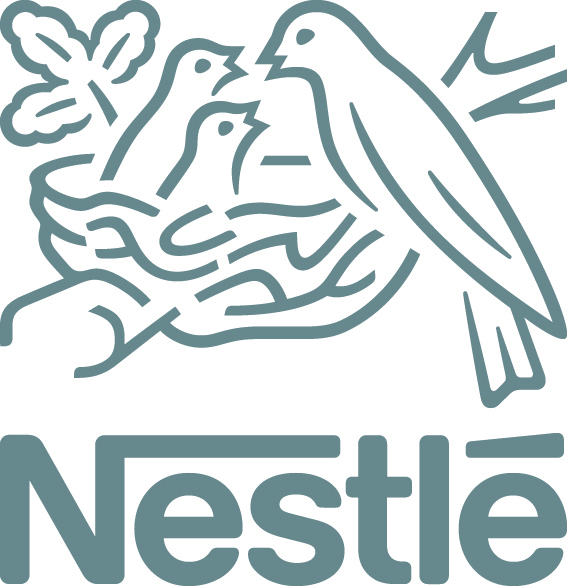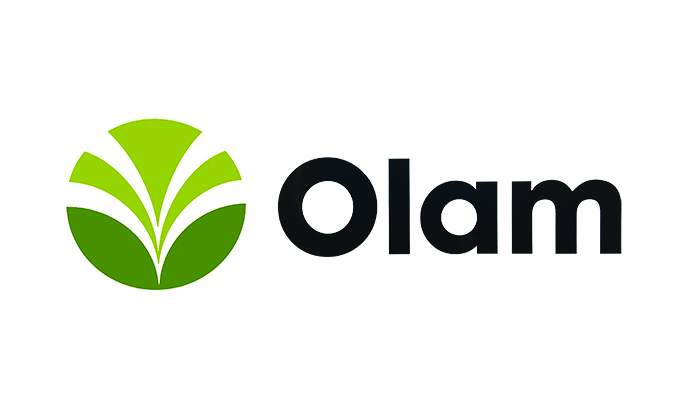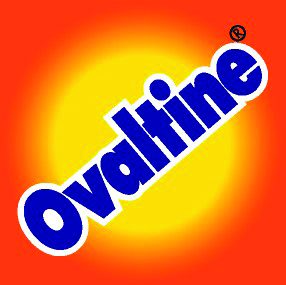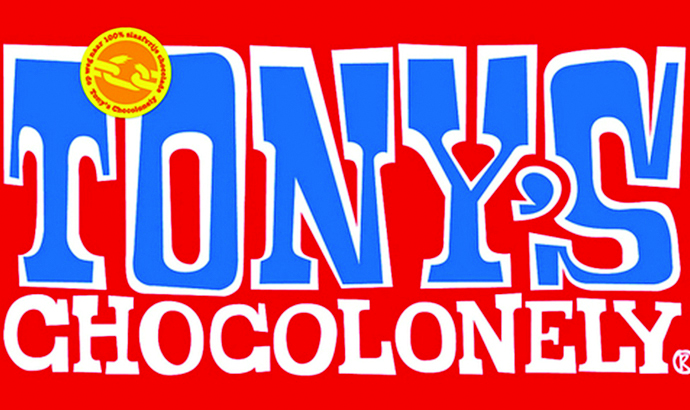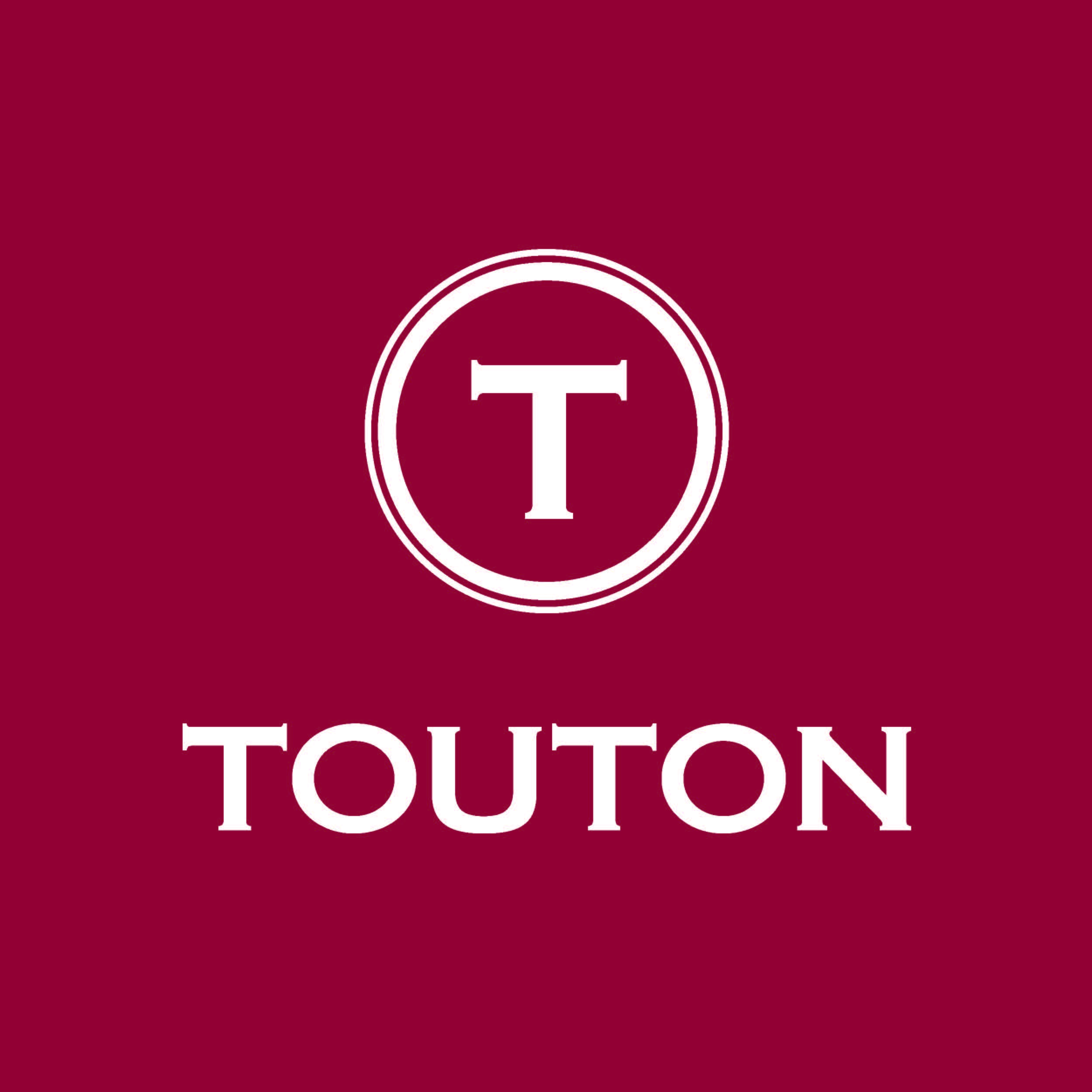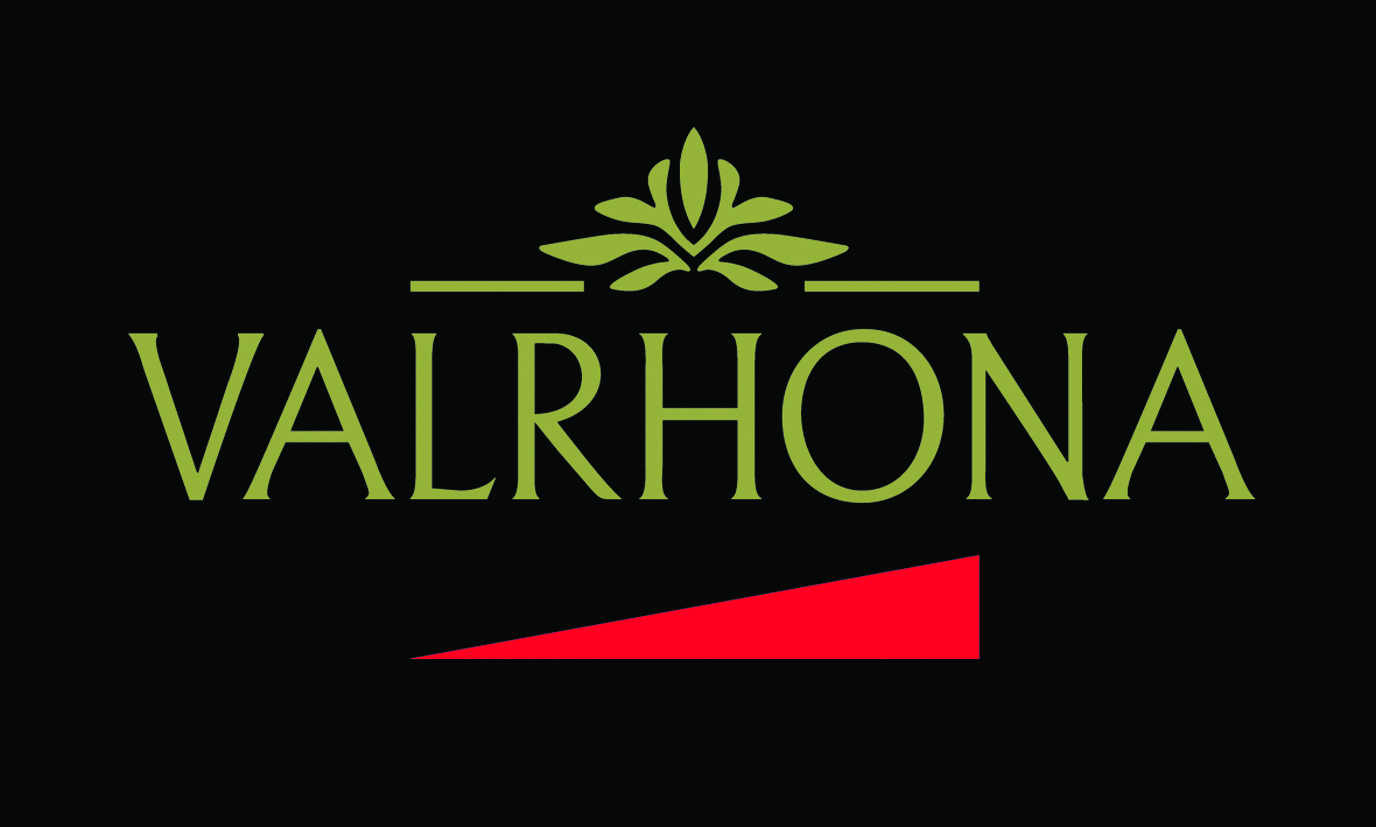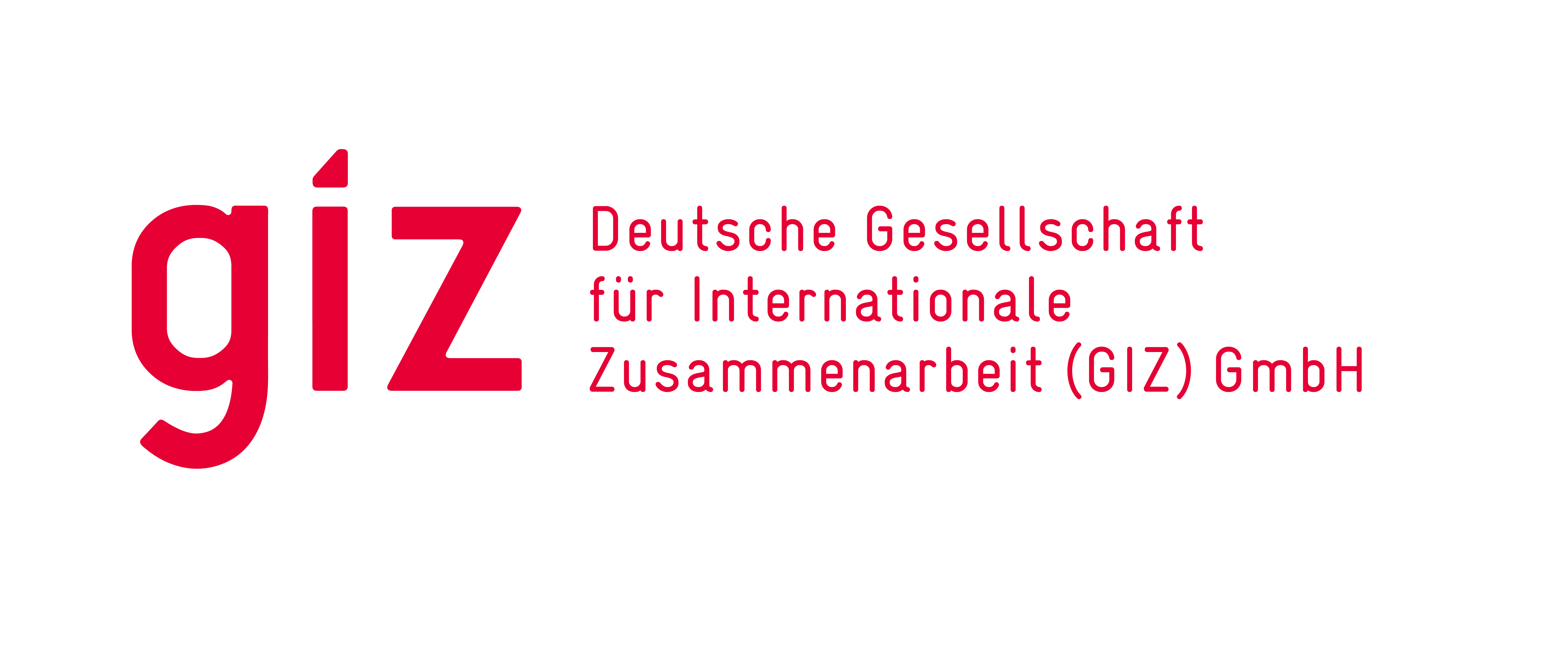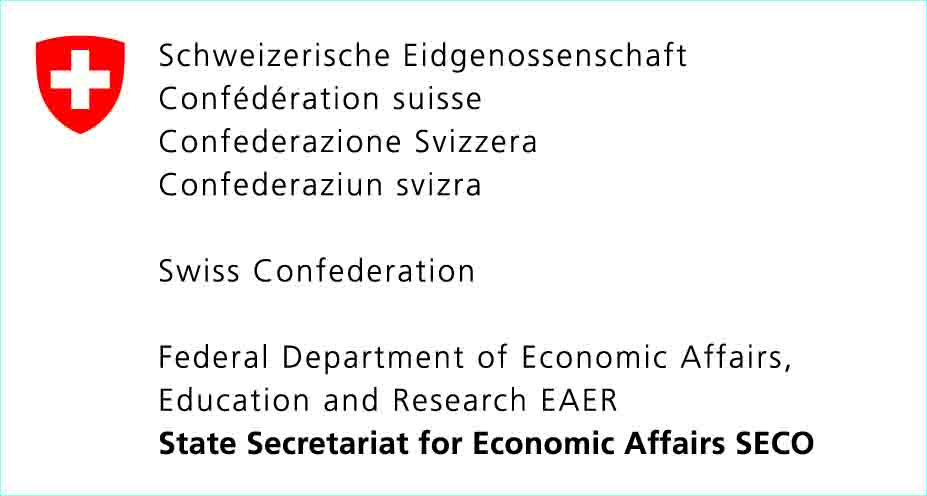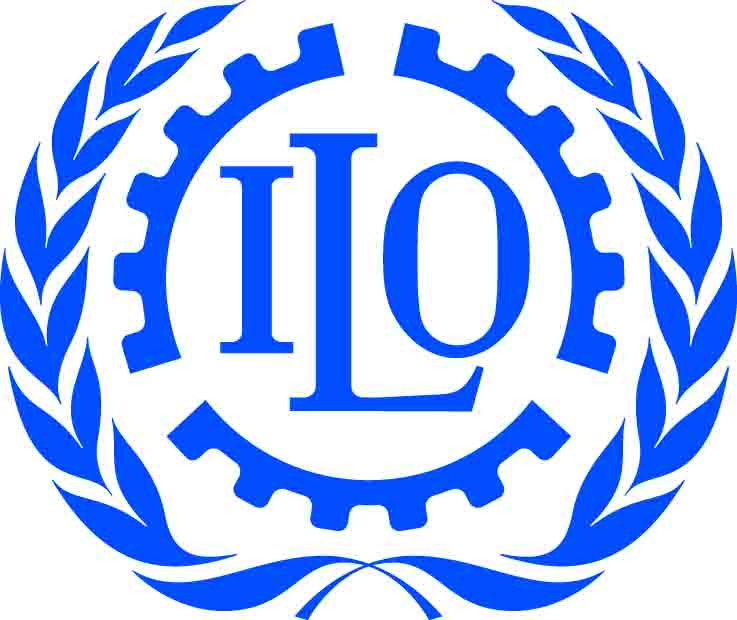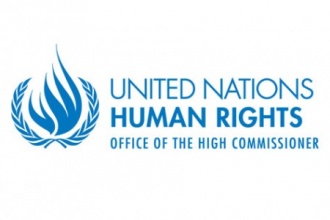ICI: a strong and resilient foundation on which to build a transformative future
Nick Weatherill, ICI Executive Director
2020 was a seismic year for all of us in the cocoa sector and beyond. Dominated by the threats and disruptions of the Covid-19 pandemic, the year also saw the publication of the latest USDOL-funded research on child labour in Ghana and Côte d’Ivoire, from researchers at NORC. This laid out the scale of the challenge that the cocoa sector still faces and compels us to continue our efforts with urgency over the years ahead. Importantly, another study by NORC presented clear evidence that industry-backed initiatives are having a positive impact, reducing child labour by up to one-third over three years, a reduction rate that is five times faster than global rates of reduction in the agriculture sector.1 This also chimes with our own results, confirming the effectiveness of such interventions and compelling us to call for their scale up.
Adapting to the new realities of the Covid-19 pandemic required responsiveness, strength, and resilience, as it did for so many other organizations. I am proud of the way that we, at ICI, were able to react and adapt to protect our staff and put the safety of the communities we work with first. We leveraged our monitoring systems to raise awareness of the pandemic and used them to better understand the impact of Covid-19 on child labour and child protection, so that we, and the sector at large, can better respond to these new and serious challenges (see page 11).
2020 also marked the conclusion of our 2015–2020 strategy. In spite of 2020’s disruptions, this strategy saw us exceed our goal of directly and positively impacting the lives of 375,000 children, with over 422,000 children reached by our child protection work, with our partners. This is a great result that we are proud of, and one that we believe is further amplified by our indirect impact through our influence on key stakeholders in the cocoa sector. Importantly, the lessons we have learned over the past five years will underpin our work going forward (see page 15).
As important as our impact has been, however, it is clearly not sufficient, on its own, to bring about the goal of eliminating child labour as enshrined in the Sustainable Development Goals. That’s why we were so excited to launch our 2021–2026 strategy.
422,610 children were reached by our child protection work with our partners between 2015–2020
It aims to drive the scale up of child protection systems that prevent and address child labour and forced labour across the whole cocoa supply chain in West Africa and to reinforce a more enabling environment (see page 22). ICI will continue to work as an operationally grounded catalyst to guide, inspire and influence the entire cocoa sector to greater action. Our innovation and learning processes, our partnerships to build capacity and our efforts to strengthen coordination will all play an ever more vital role in the journey ahead.
Crucially for the cocoa sector, calls from all sides for mandatory human rights due diligence (HRDD), requiring companies to identify, respond to and report on human rights issues in their supply chain, continue to grow louder and drive new regulations in many parts of the world. As we enter the early phases of ICI’s new strategy, HRDD legislation could be a game-changer in driving forward responsible and impactful action based on transparency and accountability. While these trends will throw ever sharper focus on the legal obligations of different individual actors, the scope and space for organizations like ICI, founded on principles of voluntary, collective, and multi-stakeholder action, must also expand to ensure that mandatory measures can be translated into credible impact. As such, our ability to bring the cocoa sector together, to collectively define and refine good practices based on bold innovations, to provide practical guidance and tools to help companies, governments and civil society put their responsibilities into action, and to ensure that continuous improvement is visible, recognized and incentivized through transparent reporting against standards and benchmarks, remains key. Momentum is building and ICI is primed to catalyze the next step of this transformative journey, with the help of our partners and for the sake of the children whose lives we seek to change.
1*. According to the ILO Global Estimates of Child Labour, between 2008 and 2016 child labour in agriculture fell from 129m to 108m globally.
